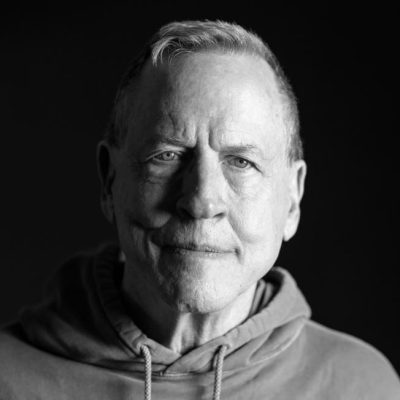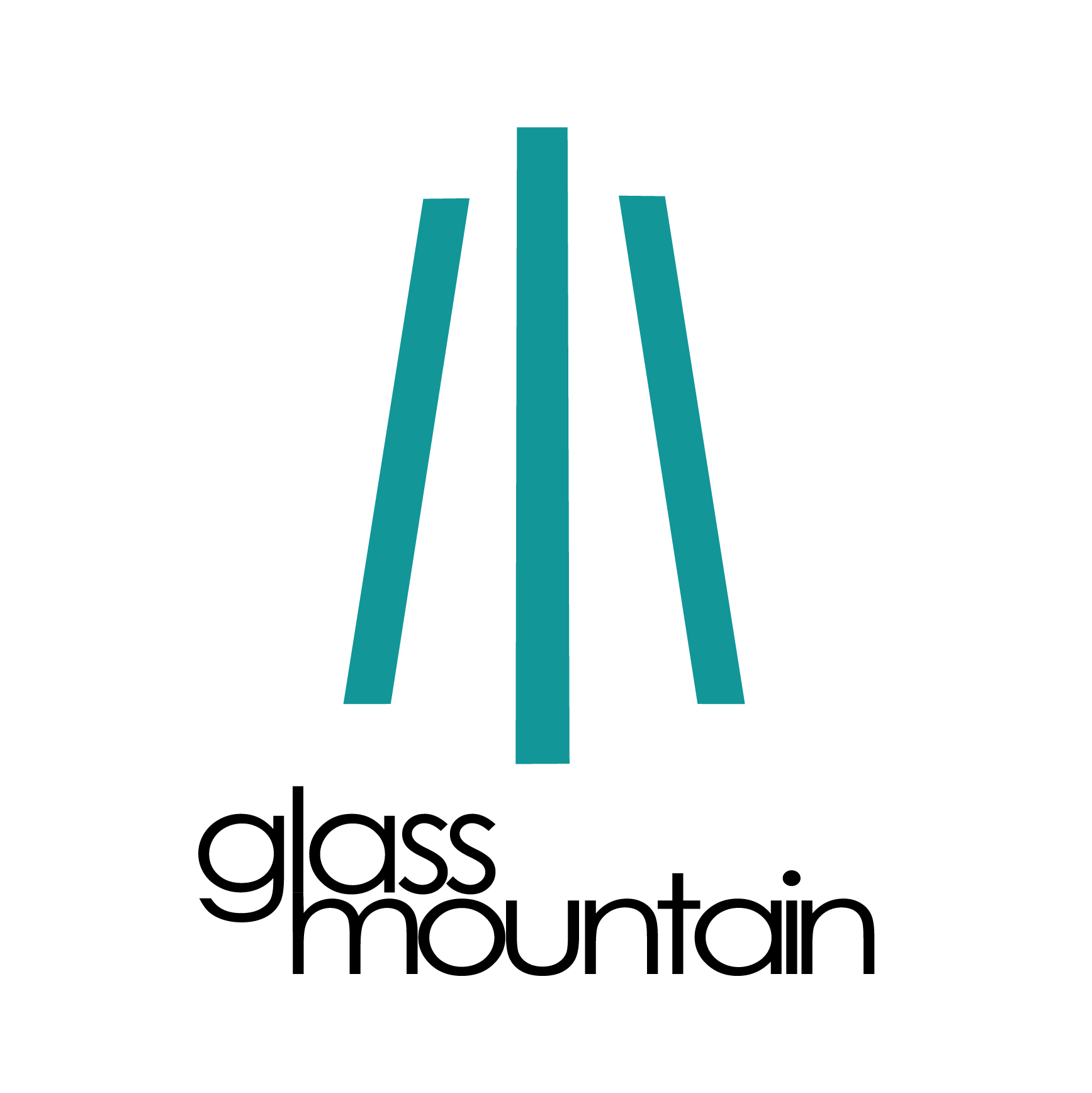
I write big, epochal history books so my professional idols are in that category: The Structures of Everyday Life by Fernand Braudel; Indigenous Continent by Pekka Hamalainen; Albion’s Seed by David Hackett Fischer; Guns, Germs and Steel by Jared Diamond.
I barely stay on top of the huge reading I have to do for work, much less the piles around the house waiting for pleasure, but if I did reread it would be a romantic classic stuffed with gorgeous prose, like Dancer from the Dance by Andrew Holleran, Perfume by Patrick Süskind, or Riddley Walker by Russell Hoban.
First-hand experience. Even though I grew up in Houston in a neighborhood famous for a real estate scandal involving astronauts, for the first two years of working on Rocket Men — which became a New York Times bestseller and established my career – I couldn’t find a distinctive point of view to establish my work from the hundreds that had come before it.
Then I went to Kennedy to see a shuttle take off from the same launchpad that Apollo 11 used – if you ever have a chance to see a NASA launch you really really really really really gotta go — and there I met with a NASA P.R. exec, who told me she’d gotten great launch seats, either in the VIP section or with the press photographers. She showed me on a map where these were, and I asked if I could sit closer, since the seats were so far from the pad. And she replied: “Well sir, if the rocket explodes, it will do so with 4/5ths the power of an atomic bomb, hurling 100-pound pieces of shrapnel a radius of 3 miles. So NASA prefers that its guests sit 3.5 miles away.”
At KSC you can also see the launch pad where Apollo 1 caught fire and killed 3 astronauts. NASA has let the site sit there, untouched, as a memorial, ravaged by the natural history of Florida, and in front of the pad is a metal sign explaining that ad astra per aspera — A rough road leads to the stars. Four words, in a language I don’t know, which summed up everything I’d been doing.
What astonished me in learning about Apollo 11, the first moon landing, and the history of the Space and Missile Race, was how incredibly difficult it was, how dangerous it was, and how close it came to catastrophic failure.
Neil Armstrong, for another example, was almost killed on the job three times.
I really enjoy the new mix of fact and fiction which makes the reader figure out which is which – When We Cease to Understand the World by Benjamin Labatut; My Struggle by Karl Ove Knausgaard. I really can’t stand historical fiction since, in every case in my professional experience, if you research hard enough, the real thing is much, much better.
Craig Nelson wrote Pearl Harbor, The Age of Radiance (PEN Award finalist), The First Heroes, Thomas Paine (Henry Adams Prize), Let’s Get Lost (short-listed for W.H. Smith’s Book of the Year) and the New York Times bestseller Rocket Men. V is for Victory will be published 05/23/23 by Scribner.
Find more information about Nelson’s latest releases here: http://www.craignelson.us/books/


